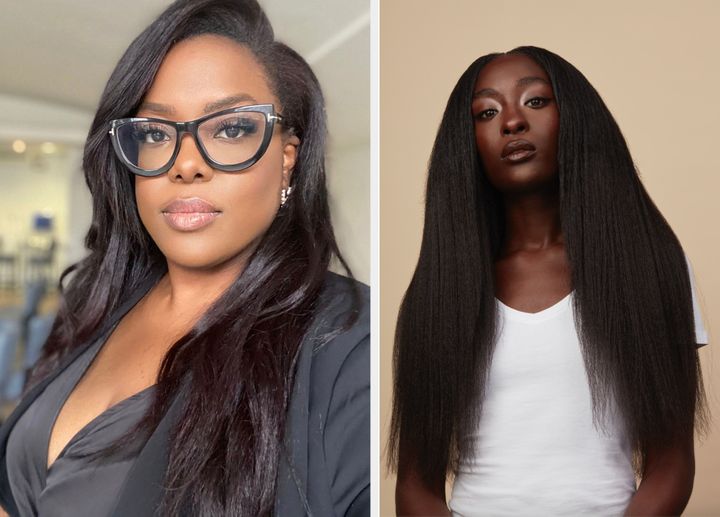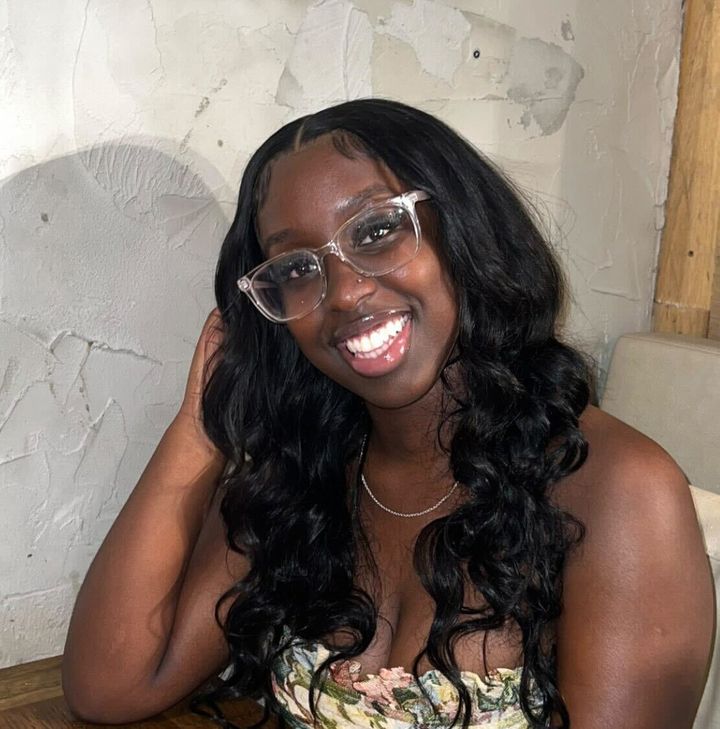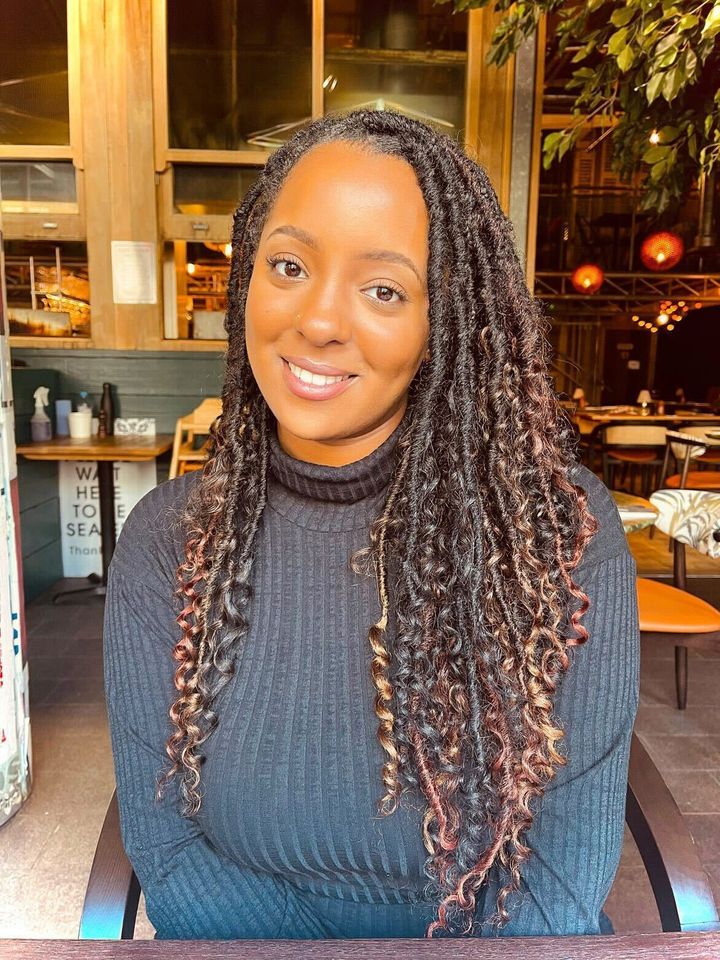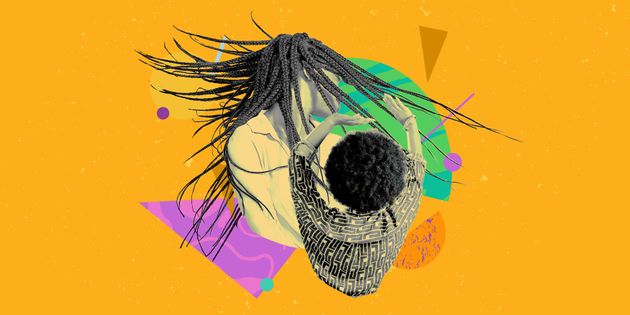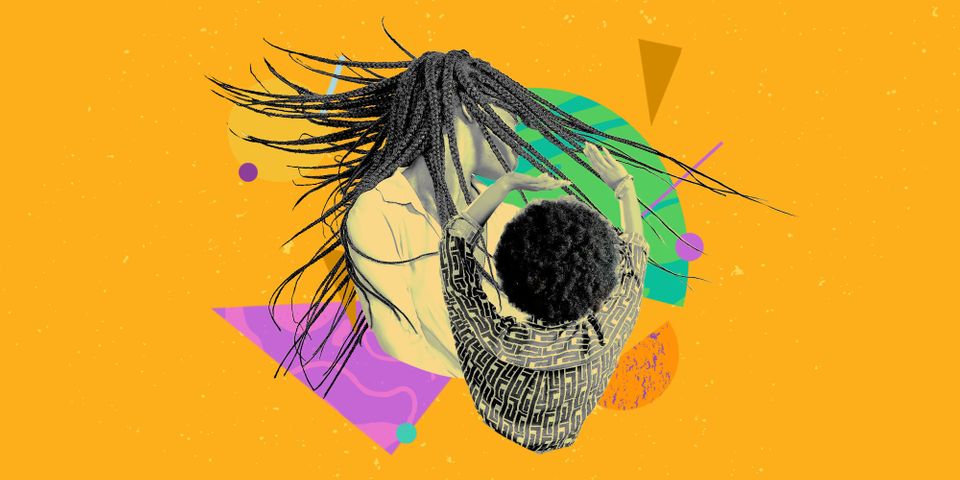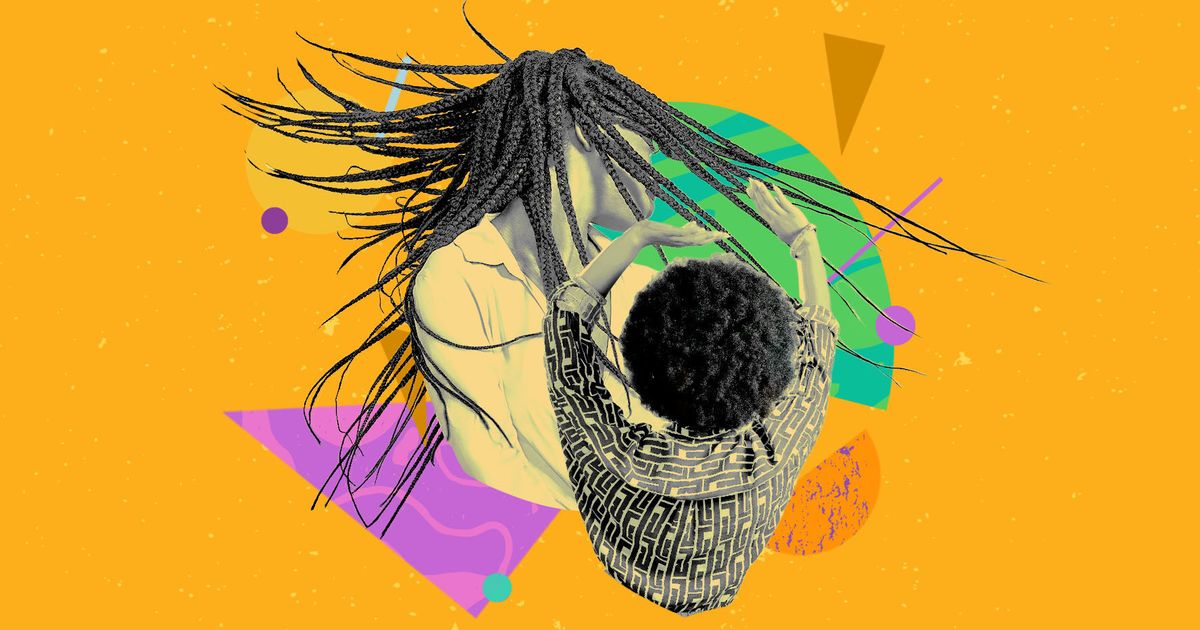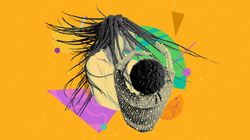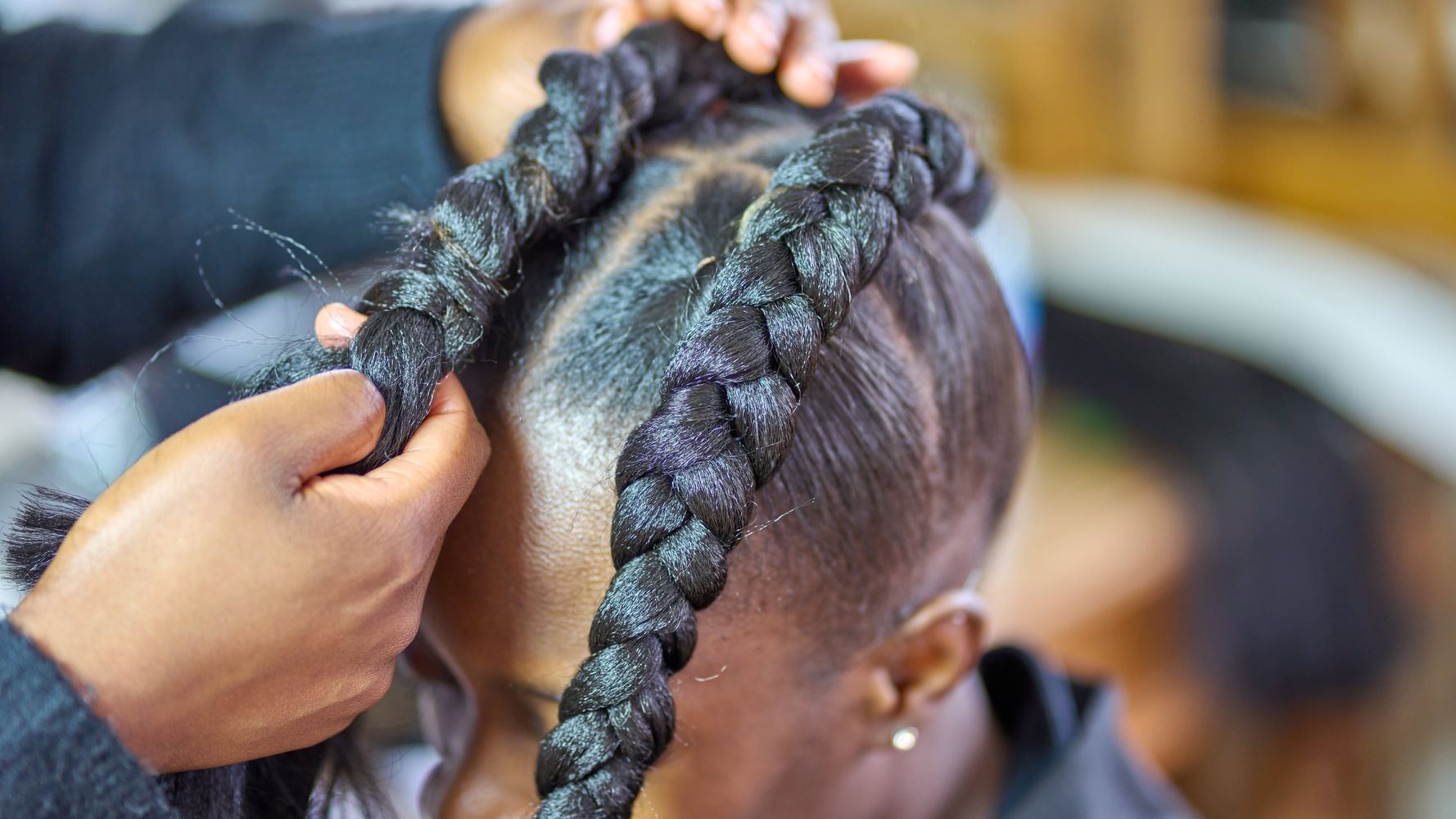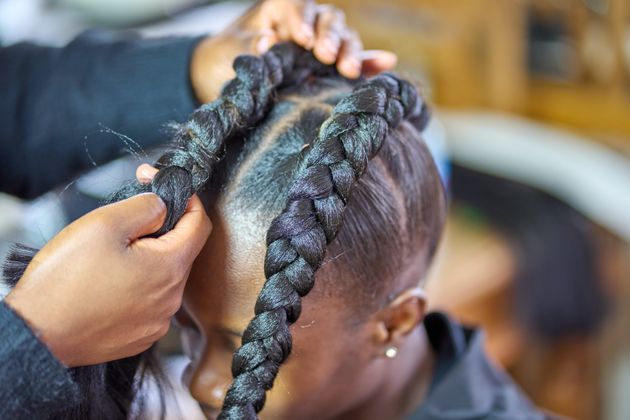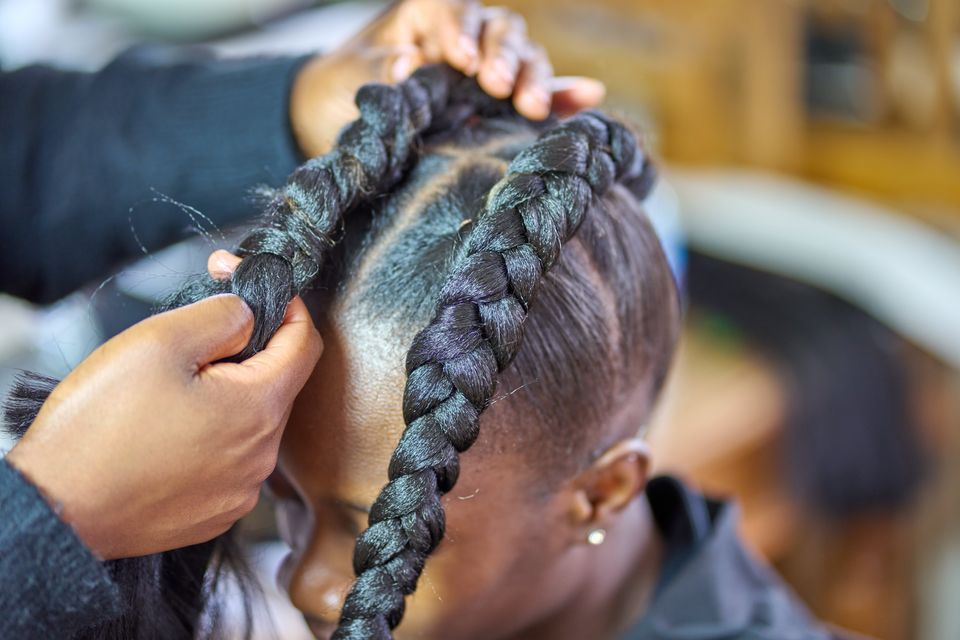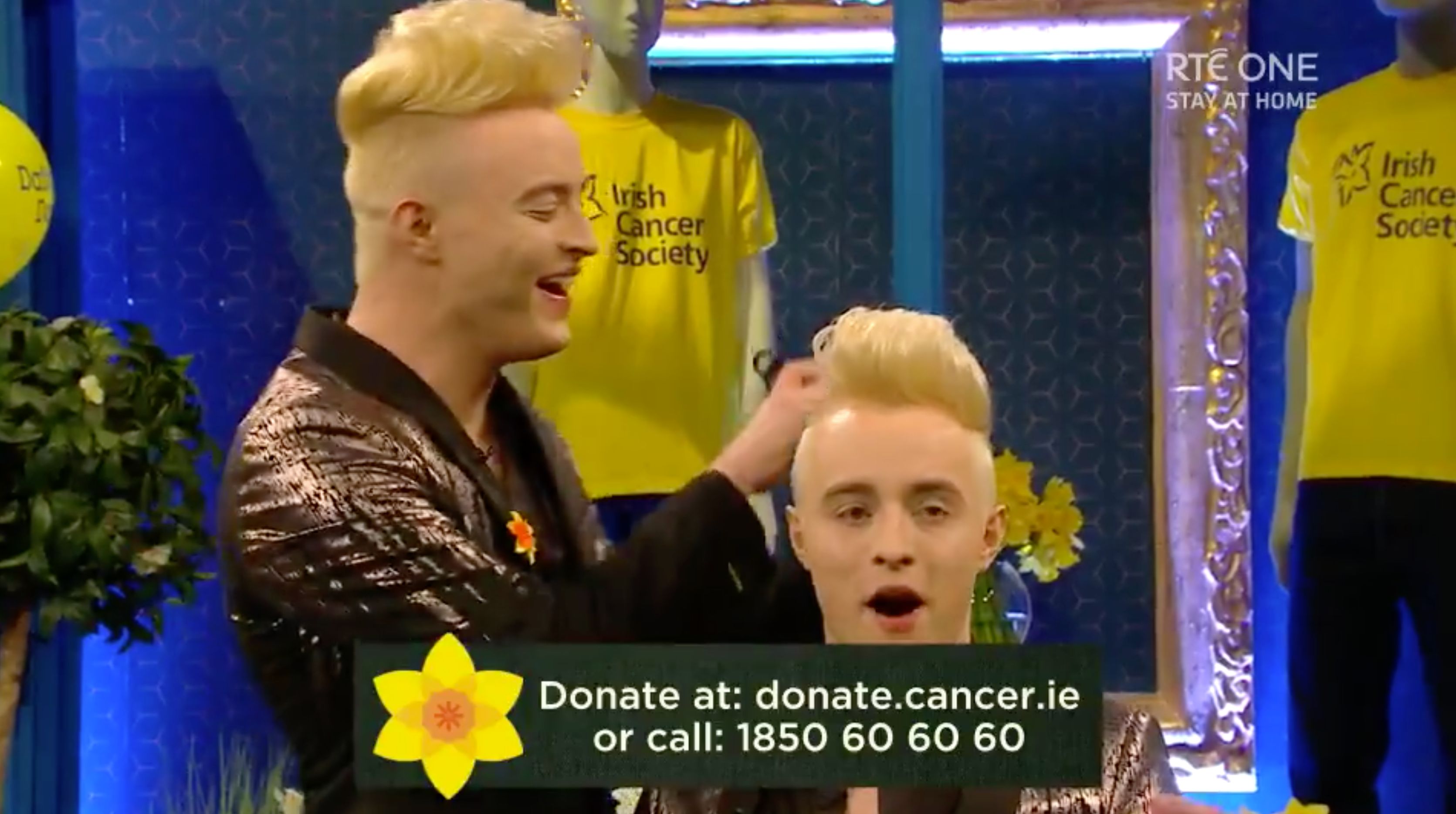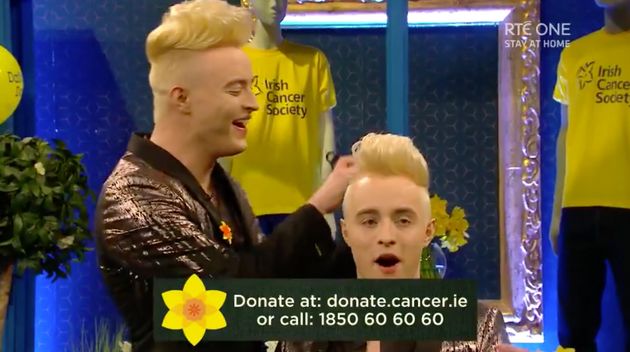Many people use the month of January to try out lifestyle changes, like going alcohol-free for “Dry January” or abstaining from animal products for “Veganuary.” But one January movement you might be less familiar with is “Januhairy.”
A portmanteau of “January” and “hairy,” Januhairy is a movement that encourages people to put their razors down and let their body hair grow out for the month ― and then perhaps year-round if they enjoy the experience. While Movember and No Shave November aim to raise awareness around men’s health and cancer, Januhairy is about challenging societal beauty norms, especially for women and femme-presenting people.
Advertisement
“It’s a way for us to question body hair standards and why we follow these societal norms that make us feel like body hair isn’t beautiful or feminine or acceptable on a woman’s body — despite being acceptable on a man’s body — and it challenges the feeling that our body hair is innately gross when it’s just hair,” Esther Calixte-Bea, a body hair activist and visual artist, told HuffPost.
Indeed, Januhairy founder Laura Jackson launched the movement just before January 2019 to raise money for a body-image-focused organisation called Body Gossip, and to empower women to stop shaving, waxing and lasering ― or at least question why they might feel they have to.
“I think it’s an interesting way for women to try to grow out their hair in a collective way, as a form of resistance, as a form of self-experimentation, and as a playful and fun form of rebellion,” said Breanne Fahs, a professor of women and gender studies at Arizona State University and author of “Unshaved: Resistance and Revolution in Women’s Body Hair Politics.”
Advertisement
In many ways, Januhairy serves as a reminder that women removing their body hair is a relatively recent phenomenon.
“It came about in the early 1920s as a result of several different factors: the advent of fashion photography, the end of WWI and men coming home with their (mandatory) razor kits, the 1918 pandemic moved bathing from communal settings to individual household bathrooms for middle-class households, and the Gillette razor company making a conscious decision to market razors to women and sell them on the ‘grossness’ of body hair in order to make money,” Fahs explained. “Prior to the 1920s, women mostly did not remove their body hair voluntarily. This occurred only in the context of colonial conquest, etc.”
As fashion trends evolved toward sleeveless tops that showed women’s underarms and skirts that revealed a little more leg, Gillette released its “Milady Decoletté” razor for women in 1915 and marketed it as a product that “solves an embarrassing personal problem.” Although there is evidence of ancient Romans, Greeks and Egyptians removing body hair, women around the early 20th century were not so focused on hairlessness.
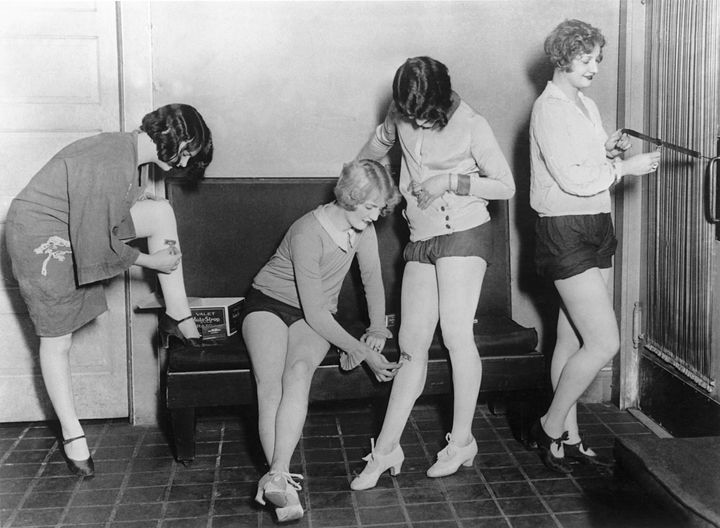
Keystone-France via Getty Images
“As a Black woman, I was interested to read an article that shared how it was mostly white women who propagated the idea of a woman being hairless as the ideal,” Calixte-Bea said. “I’ve also heard from women from African countries that they didn’t feel obligated to shave their legs until they arrived in America or Canada. My hairiness mostly comes from my Ivorian side, and I’ve learned that in my ancestors’ time, body hair was seen as something beautiful. So i think my body hair tells the story of my family and my ancestors.”
Advertisement
While marketers might have made women see body hair as “an embarrassing personal problem,” the practice of removing it generally has no basis in medical or hygiene concerns.
“In reality, hair is normal, and having hair or choosing not to shave your hair is actually embracing what is normal,” said Dr. Susan Massick, a board-certified dermatologist at The Ohio State University Wexner Medical Center. “Not shaving and leaving hair to grow in places like the armpits, bikini area and legs is not unhygienic. Believe it or not, pubic hair, for example, serves a protective purpose, particularly for women’s vaginal health. If people choose or prefer to shave, that is fine to do. Keep in mind that for some people, shaving can actually be irritating to the skin, causing bumpy, painful breakouts and rashes.”
In recent years, there have been some shifts toward body hair acceptance in Western culture, but for the most part, the changes haven’t been as significant as many would hope.
“We’re seeing some more body hair on-screen, and some companies have even figured out how to sell razors with body-hair-positive marketing,” Conger said. “But I don’t think that’s translated into full-blown norm shifting since the vast majority of cisgender women regularly shave our legs and pits.”
She pointed to the moment when Julia Roberts revealed her unshaved armpit hair at the 1999 premiere of “Notting Hill” and the subsequent media frenzy (though the actor later admitted that it was not intended as any sort of statement).
Advertisement
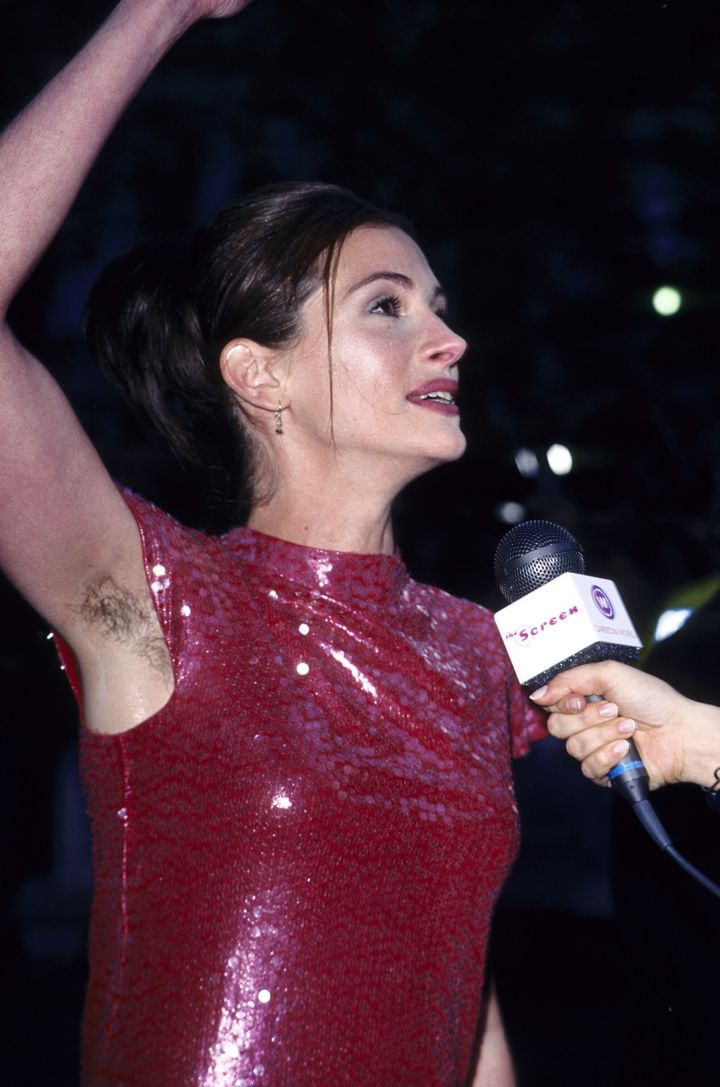
Fred Duval via Getty Images
“She forgot to shave once, and pop culture will never un-remember it,” Conger said. “Almost 25 years later, if say, Taylor Swift hit a red carpet with visible pit hair, the internet would probably cave in on itself. I think body hair removal is still so persistent partly because the hair-free pressure starts young, and it often comes from peers and parents alike. As long as we expect girls to start shaving, women won’t be ‘allowed’ to stop.”
Fahs agreed that notions of the norm shifting have been overstated, with some estimates saying that over 95-99% of women in the U.S., Australia and England still remove their body hair. She finds it encouraging, however, to see women use opportunities like Januhairy to try to grow out their body hair and see how it feels.
“It’s always better to see the power of a norm by breaking it, and it’s a great way to understand your body better!” Fahs said, sharing what she would say to someone considering taking part in Januhairy. “Go for it! It can teach you many things about who thinks they have a say in your body and how you present your body in the world. It can also teach you about your own biases about grooming and femininity related to body hair. Body hair is a powerful site of gender and power!”
Conger echoed this sentiment, applauding the movement’s impact in making folks reconsider this “this time-consuming, sometimes painful and expensive femininity maintenance.”
Advertisement
“Januhairy is an opportunity to opt out of a beauty norm, but more importantly, it’s a chance to check our own reactions to women’s body hair and understand how it’s different for people with polycystic ovarian syndrome, for instance, or Sikh women who keep kesh,” she added.
January is also a particularly good time of year for people to experiment with their body hair if they’re hesitant.
“If you live somewhere with a cold winter like I do in Canada, you get to grow out your body hair while covering it outside and not feeling like anyone is going to judge you,” Calixte-Bea said.
Conger believes that “Januhairy” is a catchier way to describe what many women and femme people already do during cold weather months.
“That’s the thing about body hair, right?” she said. “It’s only ‘taboo’ when other people can see it.”
Advertisement
Growing out your body hair for yourself in a cold season provides a type of safe space to push back against the norms and discourse that make us see ourselves in a negative light.
“Once you get home, you can see yourself as you are,” Calixte-Bea added. “It’s a very liberating experience to see your body as it naturally is and not once you’ve changed it. Working in retail, I’ve seen women of all ages talk about the things they hate about their bodies, but that’s not something I want for myself and other women.”
Of course, everyone is welcome to try growing out their body hair at any time of year. And if you don’t enjoy how it feels, you aren’t obligated to continue.
“I think it is important to normalise hair and having body hair in much the same way society should embrace all body types,” Massick said. “My philosophy is ‘you do you’ ― do what feels right.”

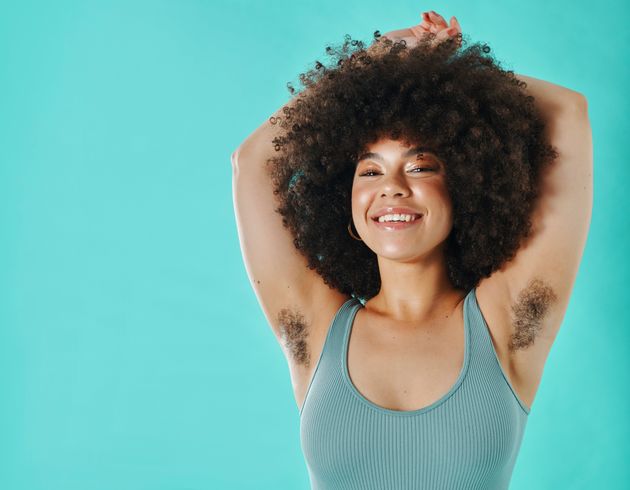
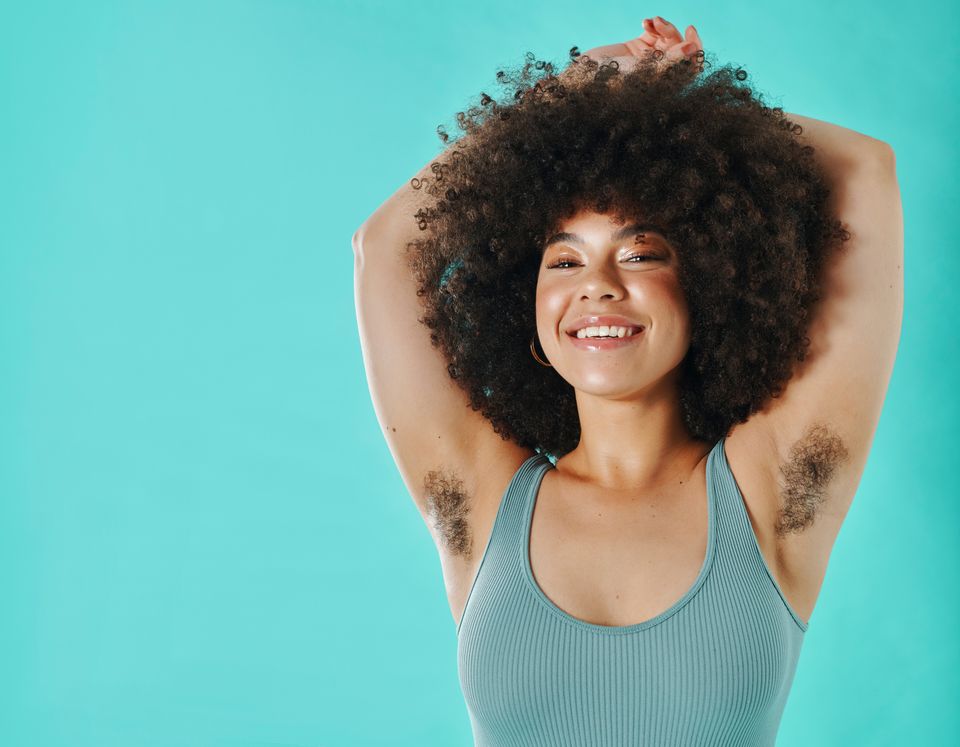
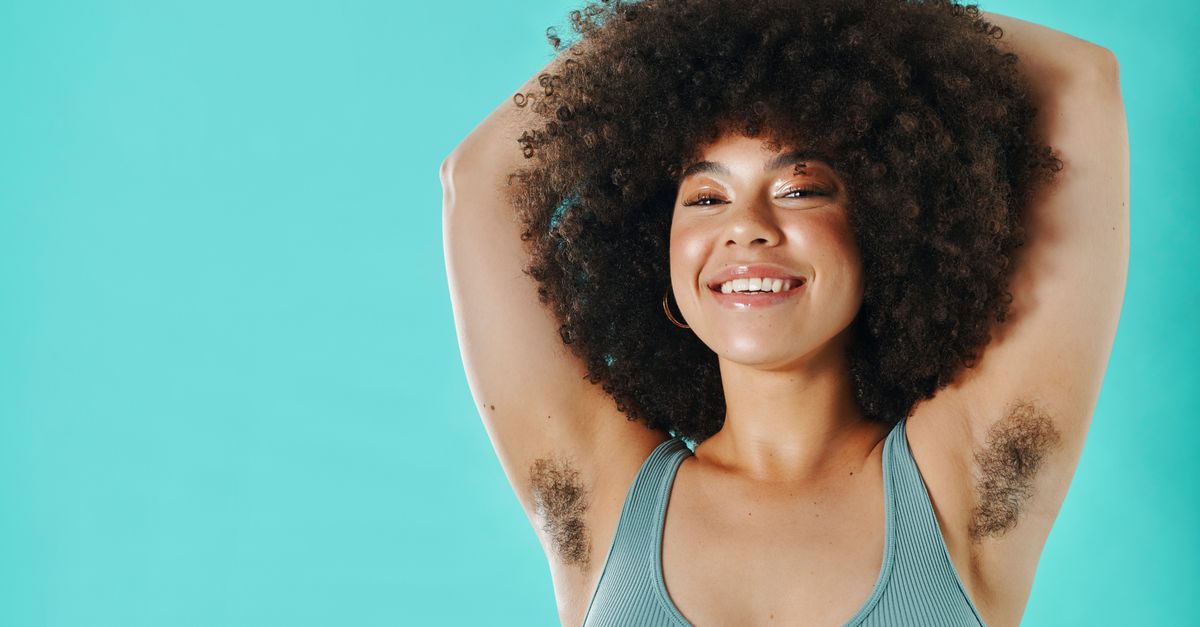

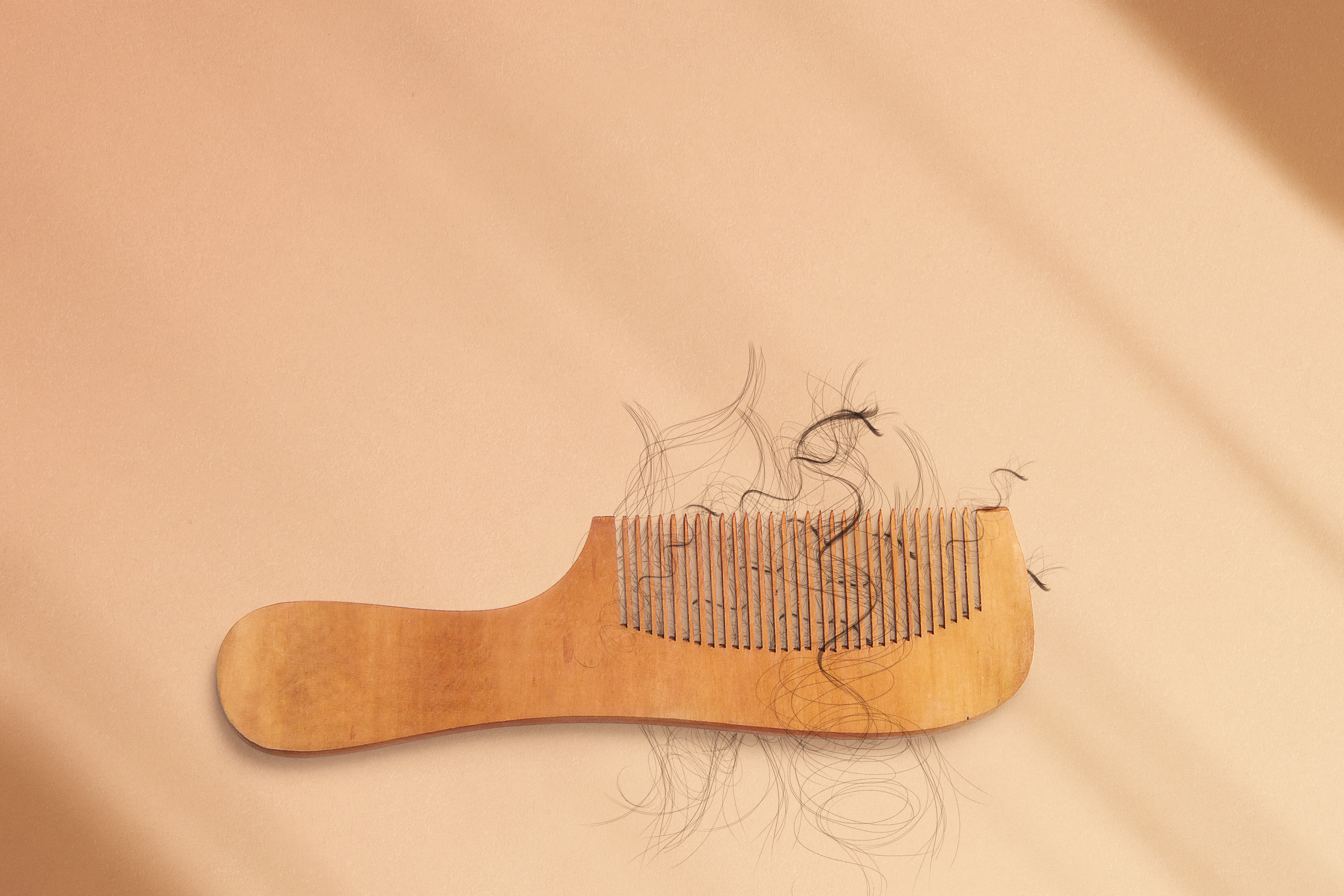
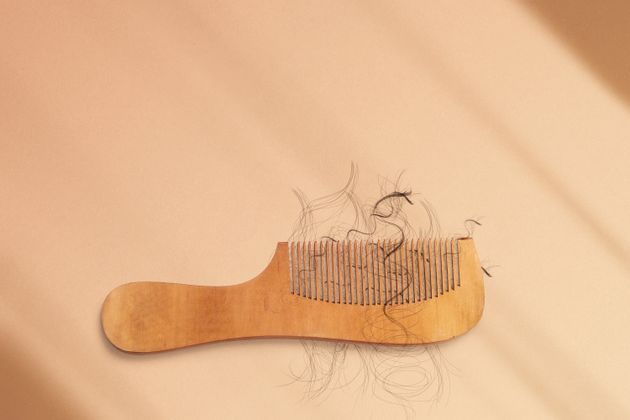
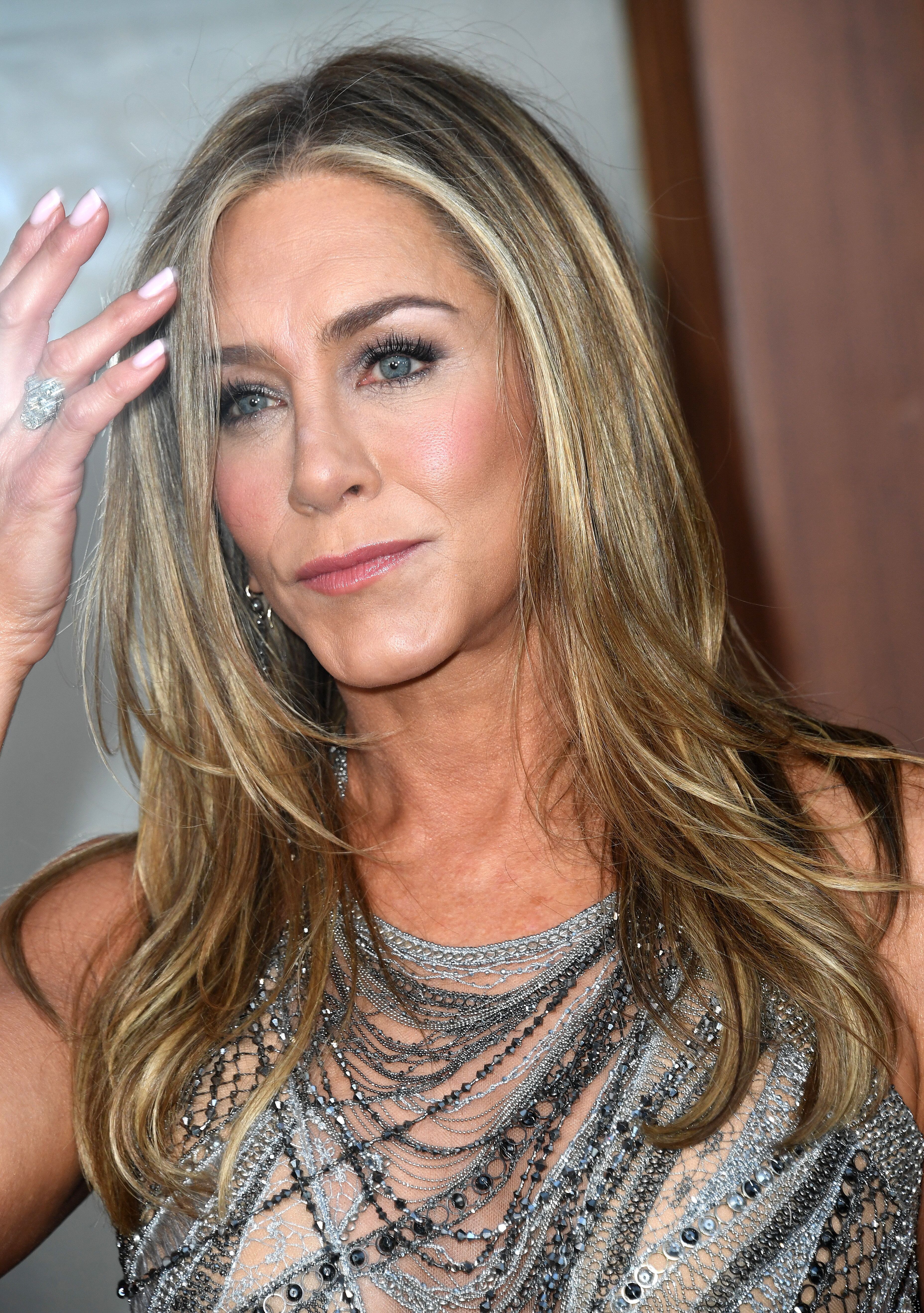
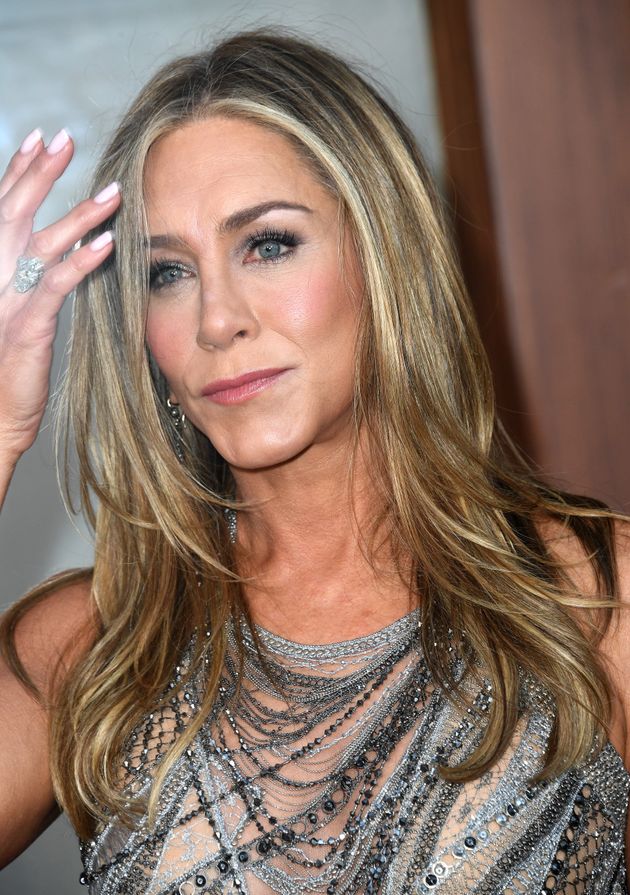
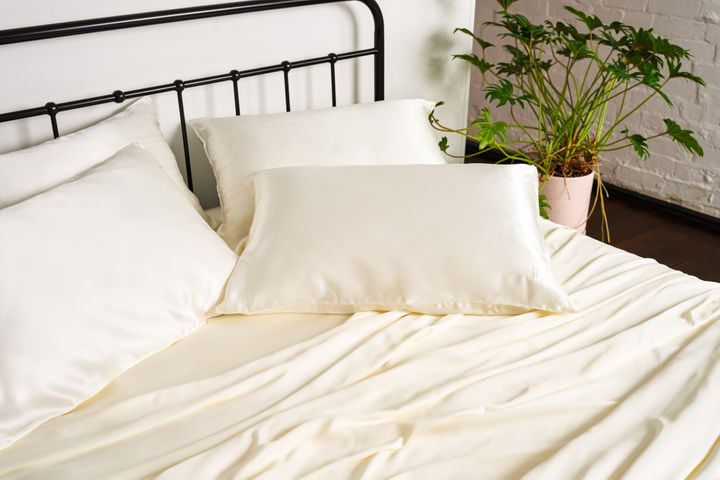
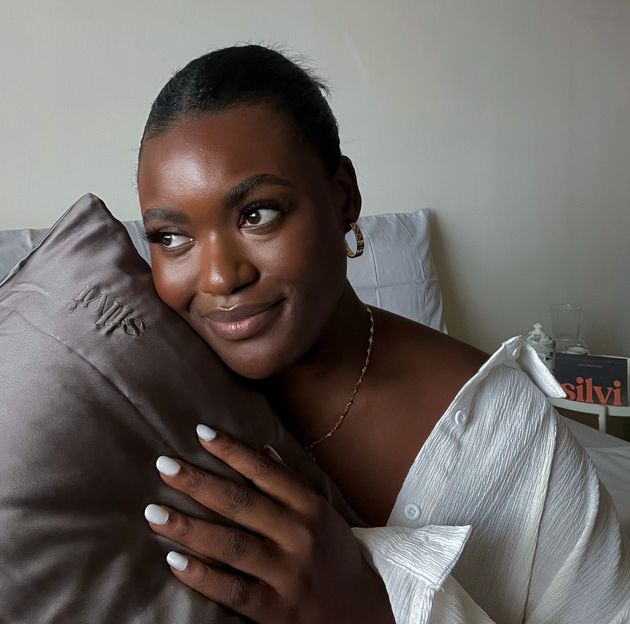
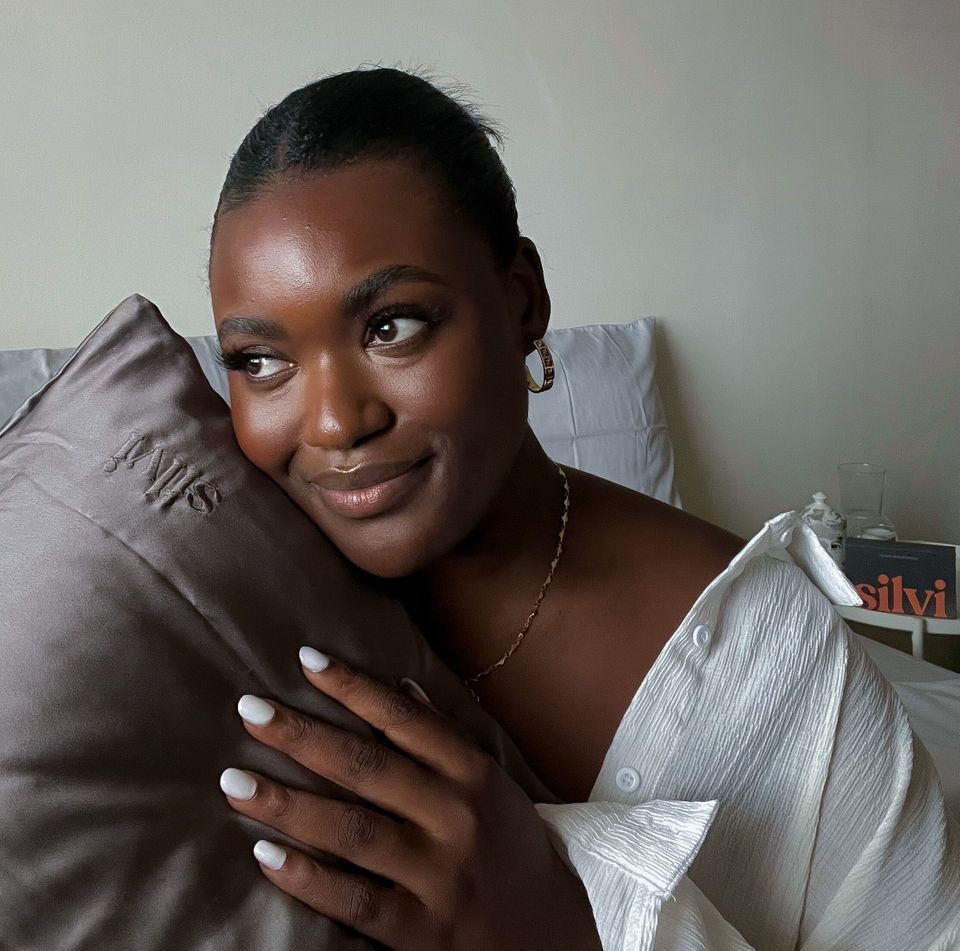
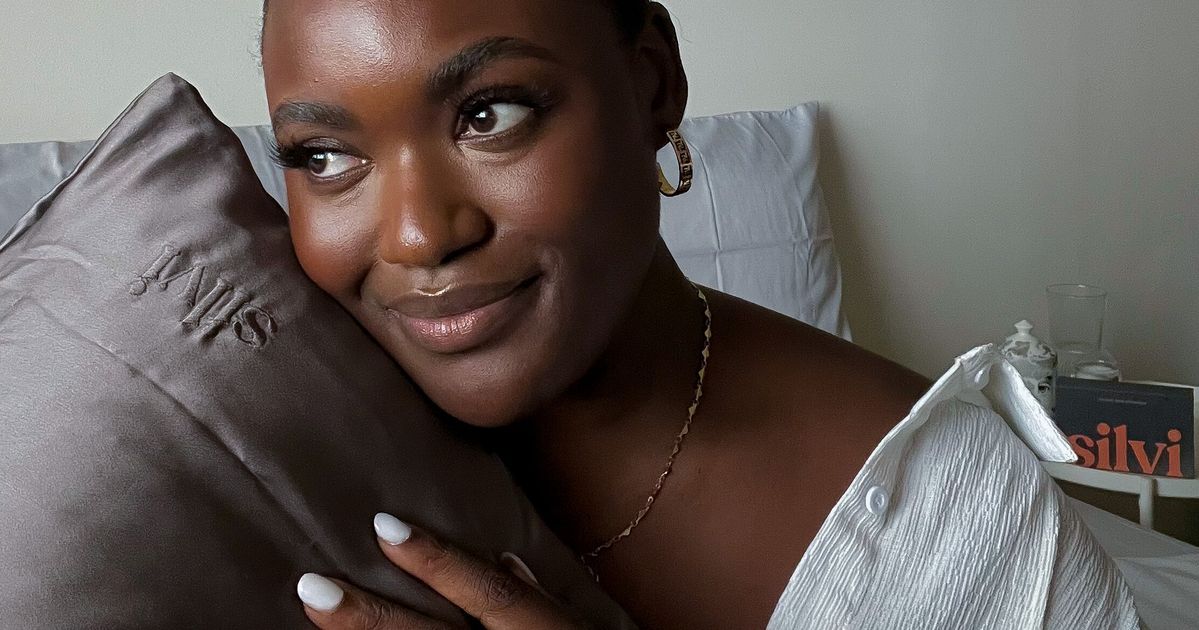
![Akirashanti Byrd: 'I spend a lot of time educating [women] on the available options.'](https://www.wellnessmaster.com/wp-content/uploads/2022/10/from-aunties-to-ig-hairdressers-black-womens-hair-ideals-are-changing-5.jpg)
